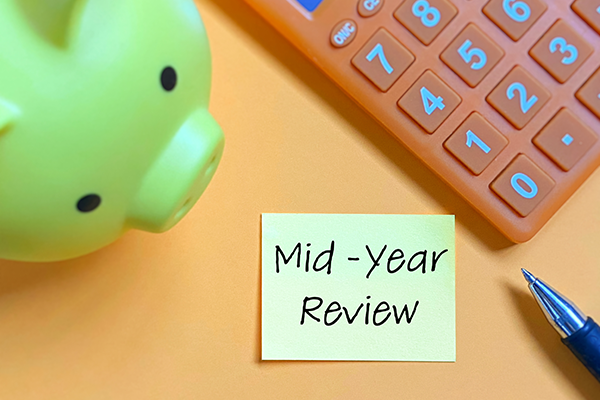Blogs
Four Economic Forecasts for 2025: What Small Business Owners Need to Know
What does 2025 hold for your financial future? Four key [...]
Truths of Government Spending: What It Means for Your Financial Future
Government spending remains a key topic in 2025—from infrastructure investments [...]
Mid-Year Market Review
The first half of 2020 was quite a rollercoaster ride [...]
What to Expect from Social Security in 2020
The Secure Act has dominated recent headlines; however, the Social [...]
The Year No One Expected
The books have closed on 2019 and it was one [...]
It Could Have Been Worse!
The market was crazy fickle this month with multiple rallies [...]
One for the Record Books!
Barring some unforeseen event, the current economic expansion will become [...]
Trade Concerns Whipsawed Stocks in May
Trade negotiations dominated the headlines in May stalling the rally [...]
GDP Growth Exceeds Expectations Continuing the Rally
April was another strong month for investors. The much better [...]










